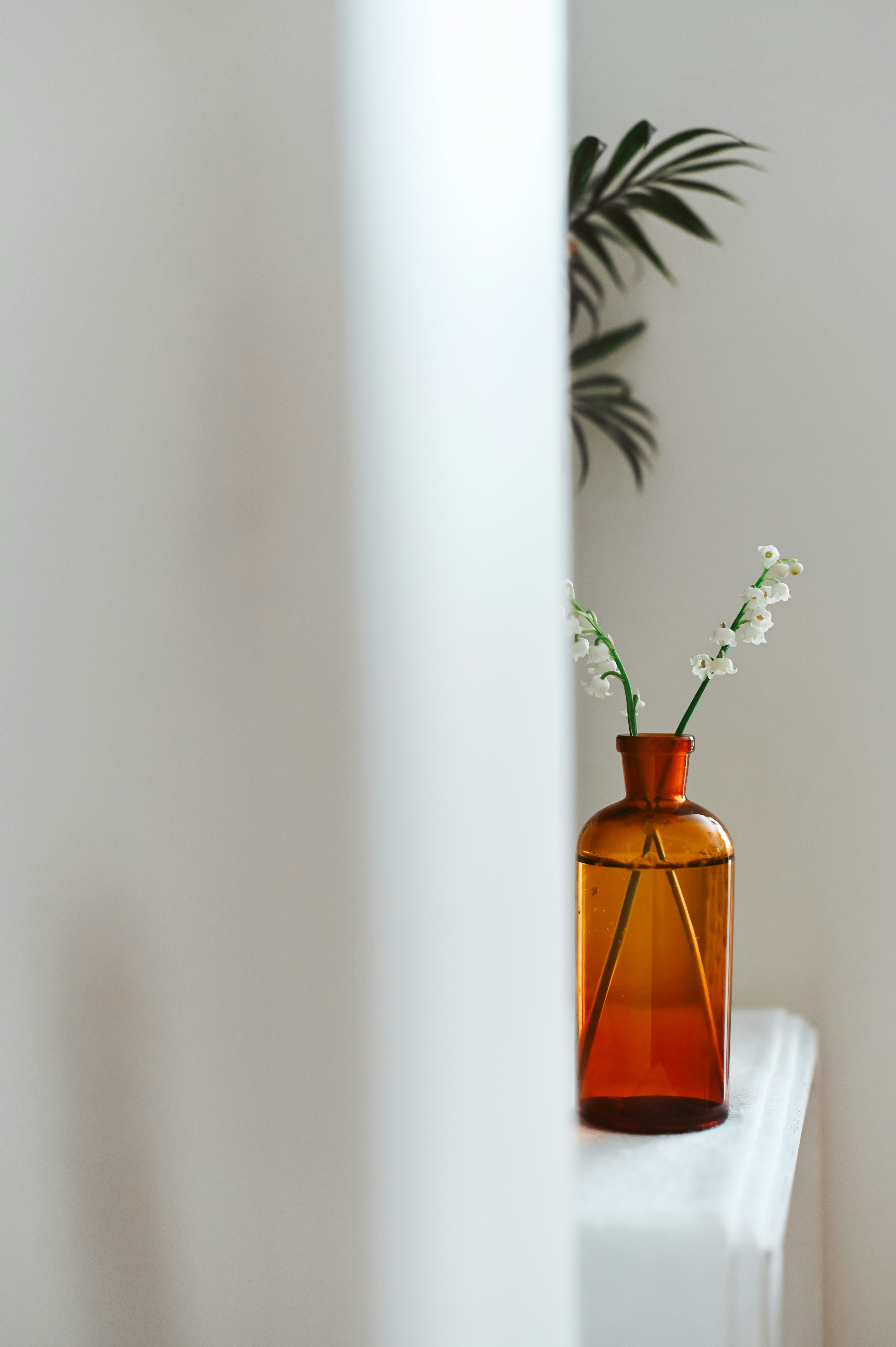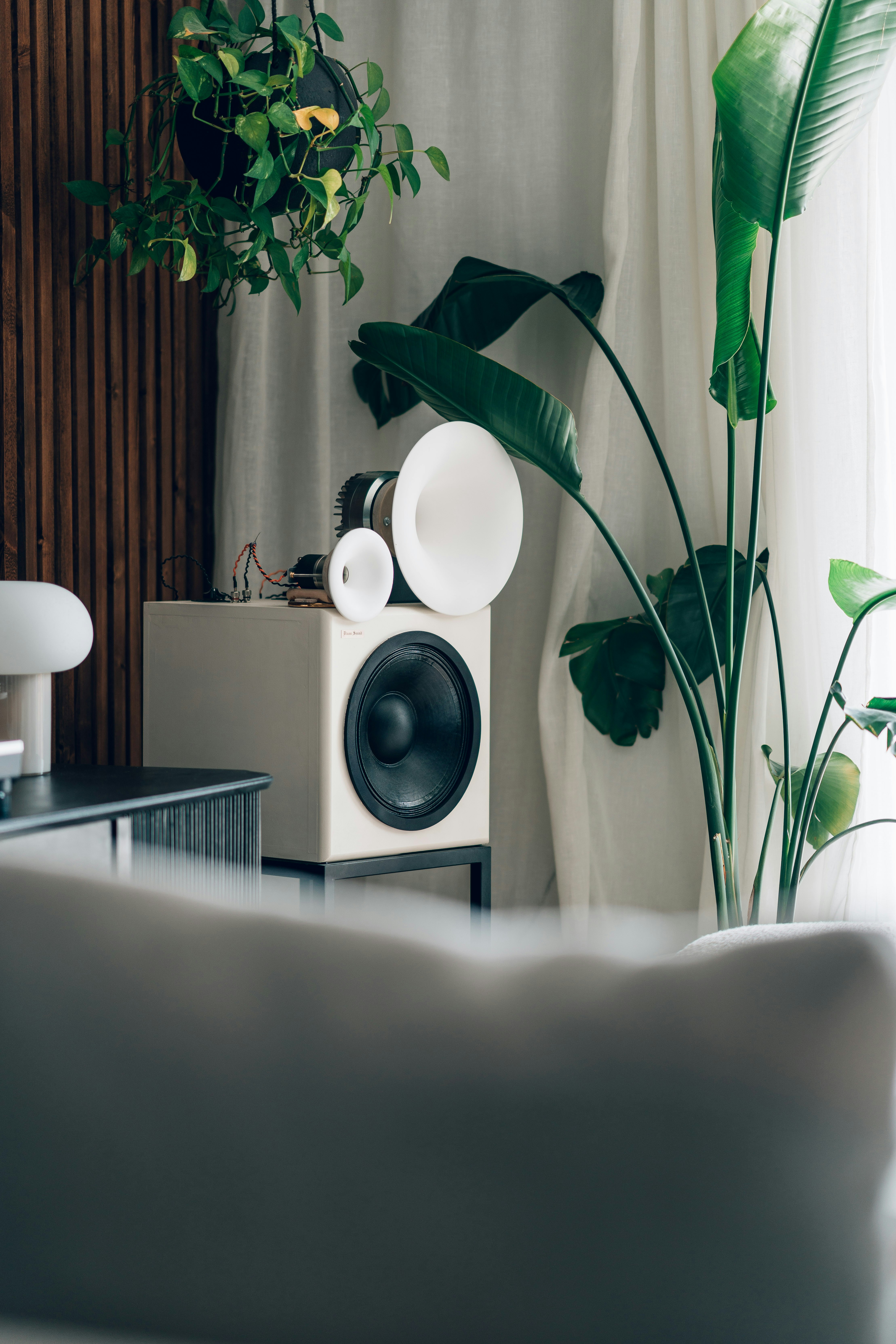Soundscaping Your Space: Harmonize Home Decor with Sound
Transforming your home into a sanctuary isn’t just about aesthetics; it’s about creating a sensory experience that nurtures emotional well-being. While we often focus on visual appeal in home decor, sound—often overlooked—plays a crucial role in how we perceive our environments. Imagine entering a space that looks beautiful and feels calming, thanks largely to the delicate balance of sound. This guide delves into the art of soundscaping your home, revealing practical techniques to craft a tranquil and harmonious auditory environment.
The Importance of Sound in Home Decor

When we think of home decor, visual elements like colors, textures, and furnishings immediately come to mind. However, the sound within a space can significantly affect our mood and emotional state. Research has shown that soundscapes impact our stress levels, productivity, and overall comfort within a living area. By integrating acoustic harmony into your decor, you can transform a simple room into a haven that encourages relaxation and creativity.
Many might ask, what exactly is soundscaping? It's about deliberately designing the sound environment in a way that blends and balances different auditory elements—both directional and ambient. For instance, a workplace can be enhanced through calming backgrounds like gentle nature sounds, while a living room could reflect laughter, music, and soft whispers, creating an inviting atmosphere.
Innovative Soundproofing Techniques

To create a harmonious sound environment, consider soundproofing elements that can help dampen external noise and improve the overall acoustics of your home. Here are some innovative ideas:
-
Acoustic Panels: Invest in decorative acoustic panels that can easily fit into your home decor. Available in various colors and designs, these panels offer a stylish way to absorb sound and minimize echoes.
-
DIY Soundproofing: Use thick curtains and rugs, which not only add a chic touch to your space but also absorb sound effectively. If you have old carpets, consider repurposing them as wall hangings for diverse textures and added insulation.
-
Furniture Arrangement: The way you arrange your furniture can significantly affect sound distribution. Cozy arrangements can help create intimate spaces where conversations can flourish without excessive external interference.
-
Bookshelves as Barriers: Incorporate bookshelves loaded with books as sound barriers. They add an intellectual charm while acting as effective noise dampeners.
-
Window Treatments: Explore soundproof window treatments. Double-glazing your windows or using thick, insulated drapes can keep external noise at bay, enhancing your peaceful retreat.
Learn more about these methods for sound absorption and how they blend with aesthetics by visiting this helpful guide.
Integrating Natural Sound Elements

Bringing the natural world into your home is a fantastic way to enhance soundscaping while connecting your decor to nature. Here are some ideas to consider:
-
Indoor Water Features: A gentle fountain can create a calming white noise effect. This not only provides a serene background sound but also adds a dynamic element to your decor with its flowing water.
-
Natural Flora: Incorporate plants known to produce gentle sounds, such as bamboo. The rustling of leaves combined with soft chatter and laughter can established a harmonious balance, deeply enriching the sensory experience of your home.
-
Birdsong: An easy and pleasant way to add natural soundscapes is by including birds. Feathered friends can inject life into your space, and birdsong adds an uplifting and joyful ambiance. With bird feeders visible through your windows, you can enjoy the beauty of nature even indoors.
-
Wind Chimes: Strategically placing wind chimes near windows or on patios can add a whimsical auditory component. Choose chimes made from materials that resonate well, creating soothing sounds when stirred by the breeze.
Did you know that biophilic design plays a key role in sound integration? For more insights on merging nature with decor, check out this fantastic article.
Using Decor to Improve Acoustics

Your decor choices can greatly influence sound quality in your home. Consider these thoughtful adjustments:
-
Wall Hangings: Fabrics can absorb sound, so create soft wall art with tapestry or quilts. This adds warmth and personality while enhancing acoustic quality.
-
Textured Materials: Use textured materials such as cork, foam, or wool for wall coverings. They not only lend a unique appearance but also help in diffusing sound.
-
Accent Pillows and Soft Furnishings: Incorporate decorative cushions and throws that provide not only comfort but also sound-dampening effects, enriching the auditory experience in your rooms.
-
Carpets and Rugs: Layer rugs on hardwood or tile floors, as the fibers absorb sound that otherwise would bounce off hard surfaces, creating echo and chaos.
-
Artistic Sound Panels: Elevate your walls with artistic sound panels designed to absorb noise while also serving as conversation pieces. These can unify form and function, making art your first line of acoustic defense.
By redirecting your focus on both decor and acoustics, you open a new realm of creativity within your home. Understanding how materials work with aesthetics can unlock powerful transformations. Explore other creative alternatives in this insightful article.
Emotional Well-being Through Soundscaping

Sound can evoke emotion, so consider how these auditory elements contribute to your emotional landscape at home. Spaces tailored toward relaxation, rejuvenation, or productivity can all benefit from strategic acoustic planning.
-
Creating Calm: Integrate elements conducive to calm, like low-frequency sounds (such as a distant thunderstorm) that elicit feelings of tranquility.
-
Engaging Memories: Deploy audio memories—such as playlists or nostalgic tunes—sweetly reminding you of cherished moments. Sound has the unique ability to trigger memories and emotions deeply ingrained in our psyche.
-
Conversational Spaces: Design spaces where sound enhances conversations. Soft lighting, comfortable seating, and sound-absorbing materials together create an intimate atmosphere for gatherings, enriching human connection.
-
Mindful Escapes: Create areas in your home dedicated to mindfulness and relaxation where specific soundscapes can reduce stress and promote meditation.
Understanding the psychology linked to sound in interiors can help you craft spaces that support emotional well-being. For deeper insights into incorporating emotion into decor, don't miss this valuable resource.
Next Steps: Crafting Your Ideal Soundscape

By now, you’ve learned how to elevate your home beyond its visual appeal, integrating sound into your decor to enrich overall ambiance and emotional well-being. Here’s how to get started:
-
Assess Your Spaces: Take a moment to evaluate which areas of your home feel chaotic or dull instead of tranquil. Identify the sources of unwanted noise and potential sound barriers you can add.
-
Implement Acoustics: Work on soundproofing elements using the suggestions provided. This may take time, but small installations can lead to significant changes.
-
Design Your Soundscape: Experiment with integrating natural elements into your decor. Choose water features, plants, or soothing audio that resonates with you.
-
Revise Decor Strategies: Redecorate your home gradually by strategically introducing auditory-focused decor, making it a combined challenge of visual aesthetics and sound harmony.
-
Observe Your Well-being: Monitor how these changes impact your emotional state and overall comfort in your living space. Adjust elements as needed, always tailoring to your personal tastes.
You are now equipped to embrace soundscaping and integrate it into your home decor—a process that combines creative flair with profound emotional benefits. Enjoy the journey as you transform your space into a unique auditory experience.
Final Thoughts
Soundscaping transcends the simple act of decorating; it invites intentionality into how we create our personal environments. Leveraging innovative techniques and integrating natural sound elements can forge a living experience that resonates. Remember, balance is key: your home should be a sanctuary where both sight and sound harmonize beautifully, promoting joy and tranquility.
Every small adjustment counts. Dive into this new dimension of decor, cross the boundaries of traditional design principles, and create a home that not only looks good but sounds incredible too.



